
Adenanthera Pavonina, Ratan Gunj - Plant
(MRP Inclusive of all taxes)
- Shipping ₹79 for entire order
- Dispatch in 7 days
- Country of origin: India

(MRP Inclusive of all taxes)
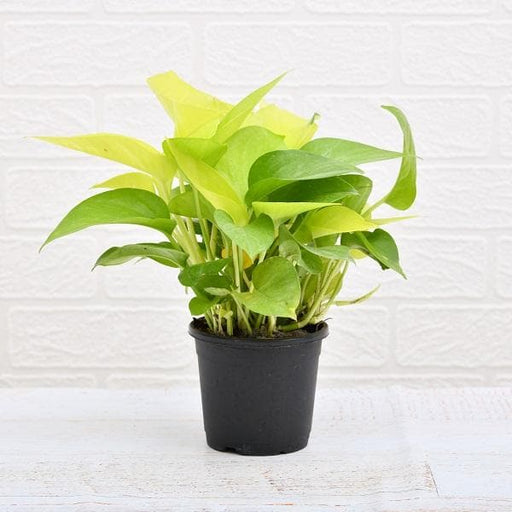 Save 29%
Save 29%
Air Purifier Money Plant with Pot The Air Purifier Money Plant, also known as Pothos or Epipremnum aureum, is a stunning indoor plant that...
View full details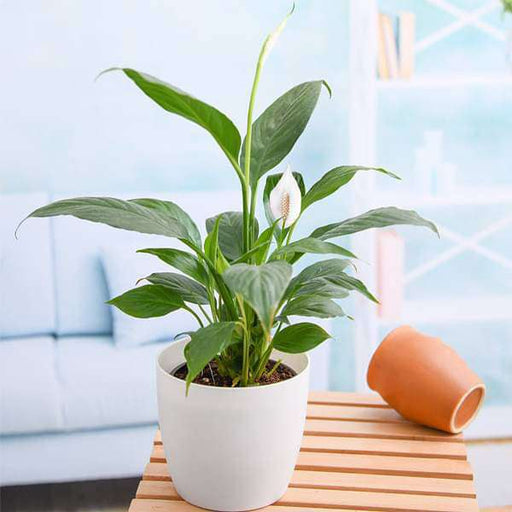
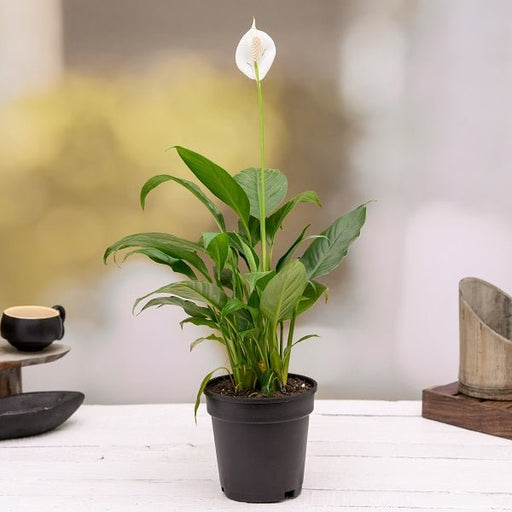 Save up to 15%
Save up to 15%
Peace Lily, Spathiphyllum - Plant The Peace Lily, scientifically known as Spathiphyllum, is a stunning houseplant celebrated for its elegant white...
View full details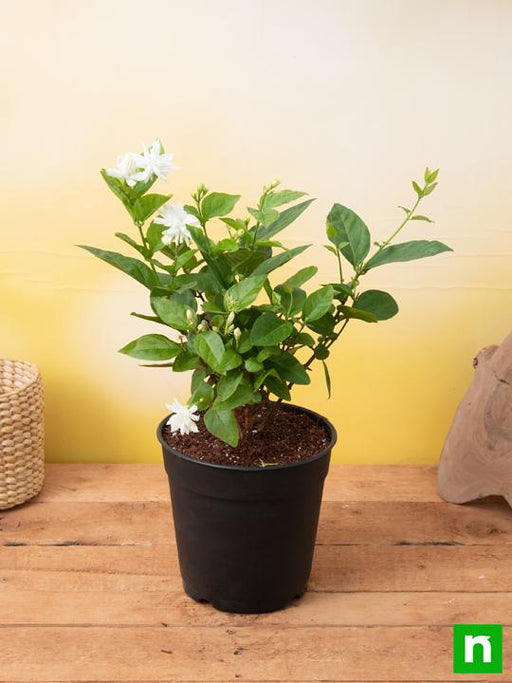
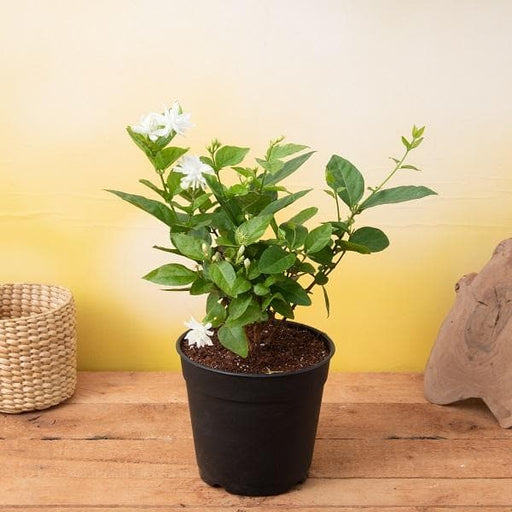 Save 25%
Save 25%
Jasminum sambac, Mogra, Arabian Jasmine - Plant Jasminum sambac, commonly known as Mogra or Arabian Jasmine, is a fragrant flowering plant...
View full details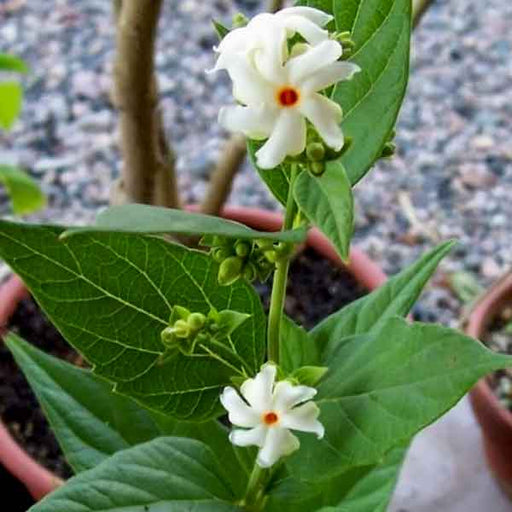
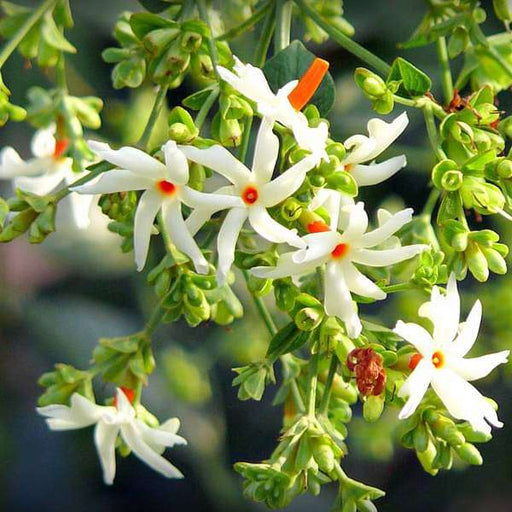 Save 18%
Save 18%
Combo Constituents Includes the Parijat Tree (Night-Flowering Jasmine), a culturally significant plant with fragrant flowers. Description The Pari...
View full details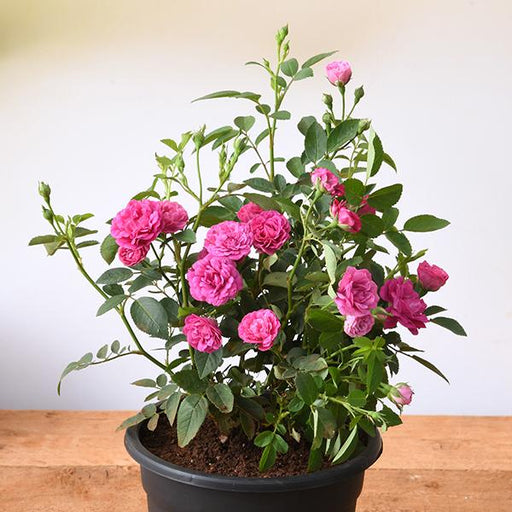
 Save 25%
Save 25%
Miniature Rose, Button Rose (Any Color) - Plant The Miniature Rose, also known as the Button Rose, is a charming and compact flowering plant that ...
View full details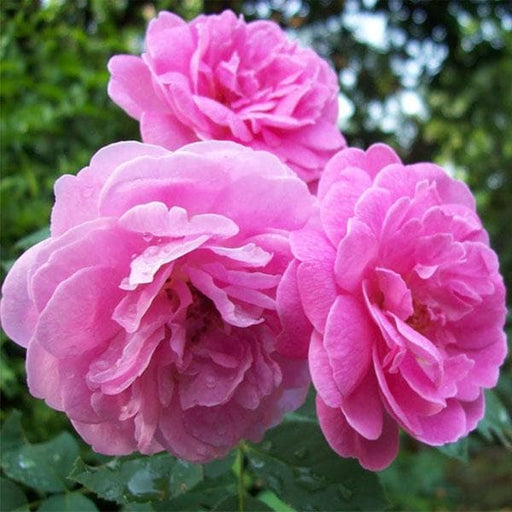 Save 25%
Save 25%
Damascus Rose, Scented Rose (Any Color) - Plant The Damascus Rose, also known as Rosa damascena, is a timeless symbol of beauty and romanc...
View full details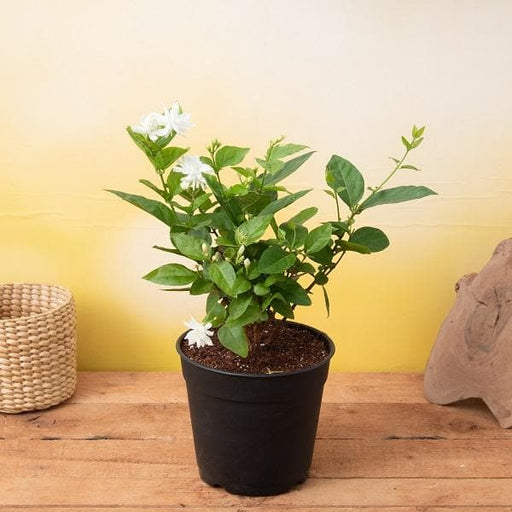
 Save 17%
Save 17%
Beautiful Fragrant Mogra, Arabian Jasmine Plant with Pot The Beautiful Fragrant Mogra, also known as Arabian Jasmine (Jasminum sambac), is...
View full details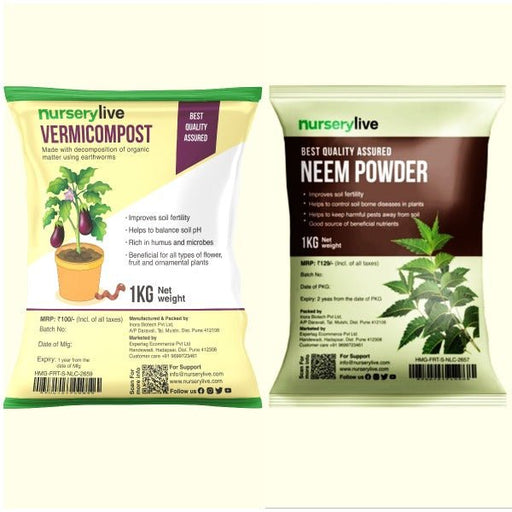 Save 15%
Save 15%
Pack of Vermicompost and Neem Cake for House Plants Transform your indoor garden with our premium Pack of Vermicompost and Neem Cake, spec...
View full details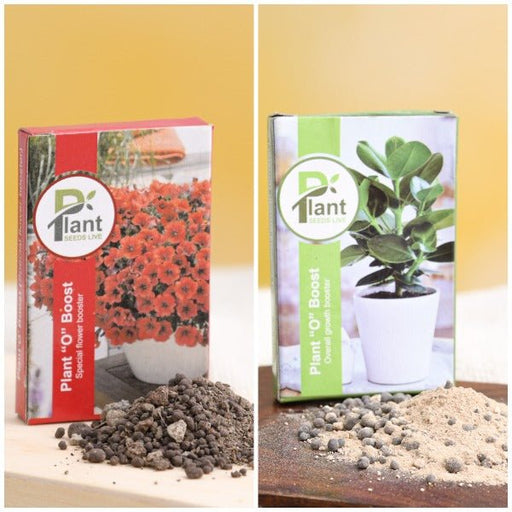
Pack of Plant Growth and Flower Boosters Unlock the full potential of your garden with our Pack of Plant Growth and Flower Boosters! This ...
View full details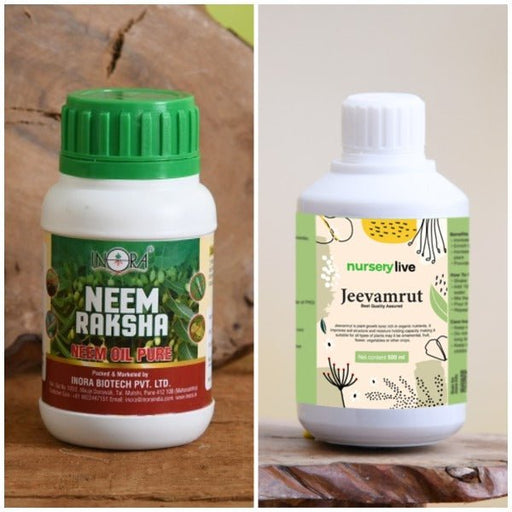 Save 38%
Save 38%
Combo of Jeevamrut and Neem Raksha for Easy Growth and Protection of Houseplants Transform your indoor garden with our exclusive combo of ...
View full details Save 22%
Save 22%
Plant Nutrients Kit (Pack of 16) for a Healthy Garden Transform your garden into a lush paradise with our Plant Nutrients Kit, featuring 1...
View full details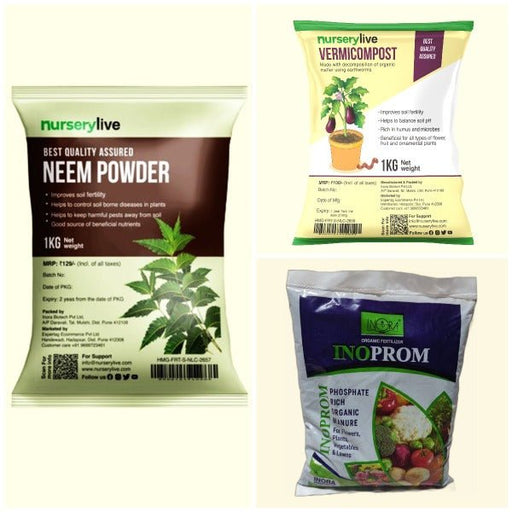 Save 16%
Save 16%
Combo of Top Plant Fertilizers Elevate your gardening game with our exclusive Combo of Top Plant Fertilizers, featuring two bags of premiu...
View full details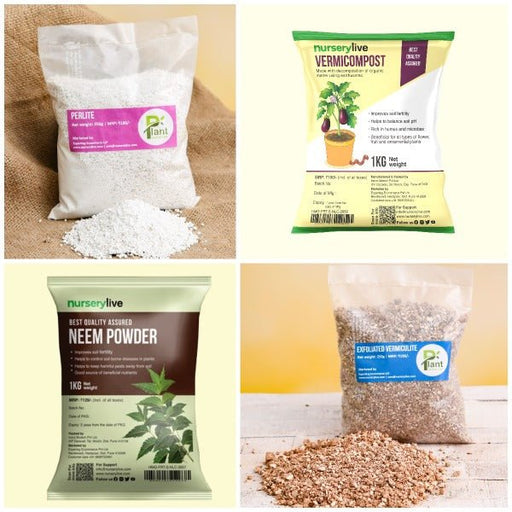 Save 24%
Save 24%
Pack of 4 Additives to Make Soil Healthy and Nutrient Rich Transform your garden into a thriving ecosystem with our Pack of 4 Additives de...
View full details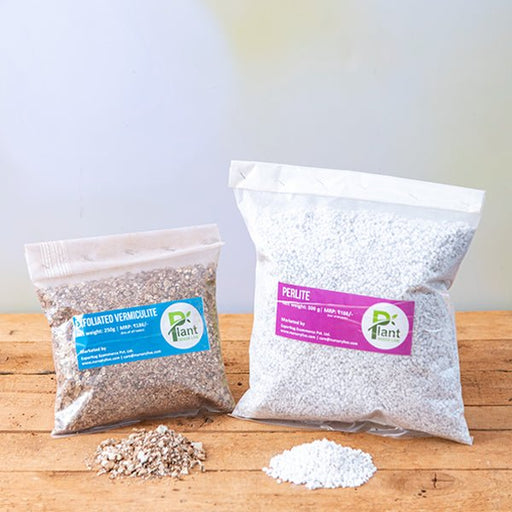 Save 30%
Save 30%
Transform your gardening experience with our premium Combo of Perlite and Vermiculite. This unique blend is designed to enhance soil aeration and ...
View full details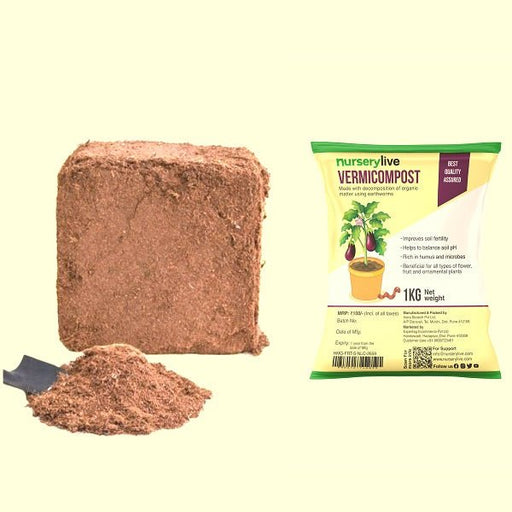 Save 27%
Save 27%
Combo of 2 Vermicompost and Cocopeat - Enrich Your Soil Naturally! Transform your garden into a thriving ecosystem with our Combo of 2 Ver...
View full details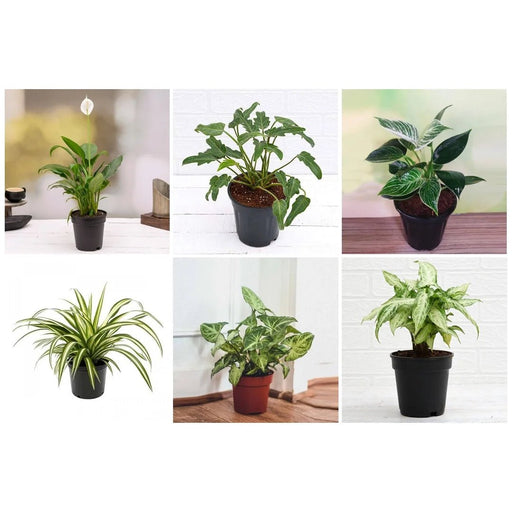
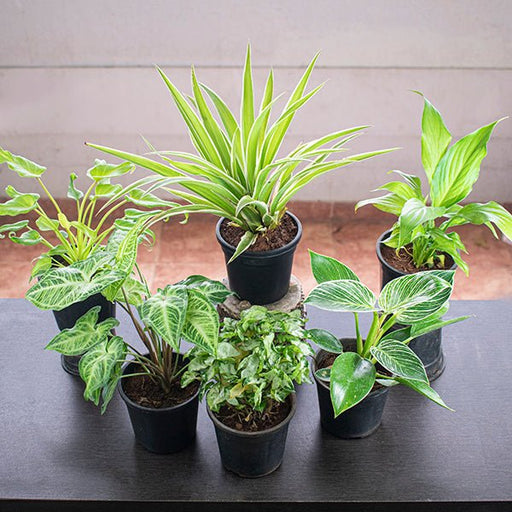 Save 35%
Save 35%
Best 6 Plants for Perfect Indoor Garden Transform your living space into a lush oasis with our curated collection of the Best 6 Plants for a...
View full details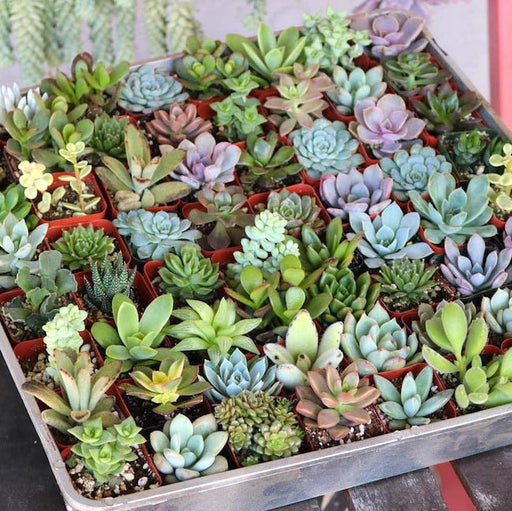
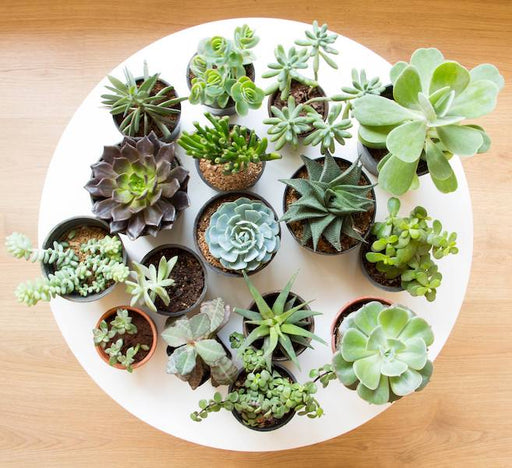 Save up to 50%
Save up to 50%
Mini Succulent Garden Pack Transform your space with our Mini Succulent Garden Pack, featuring a delightful collection of 4 any variety beautiful s...
View full details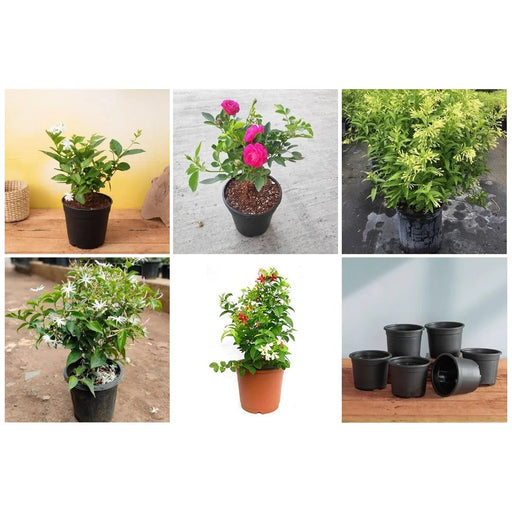
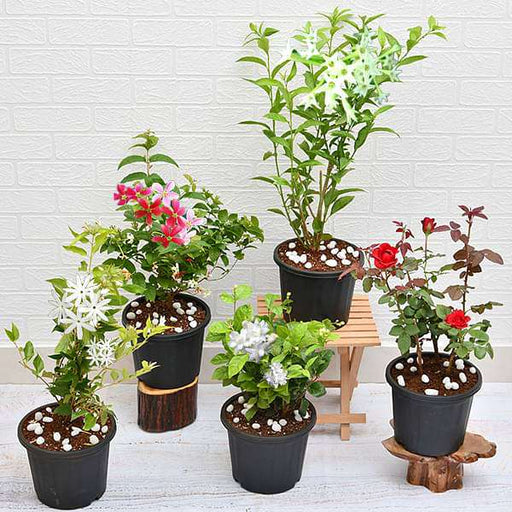 Save 30%
Save 30%
5 Best Fragrant Plants Transform your garden or indoor space into a fragrant paradise with our curated selection of the 5 Best Fragrant Plants. Th...
View full details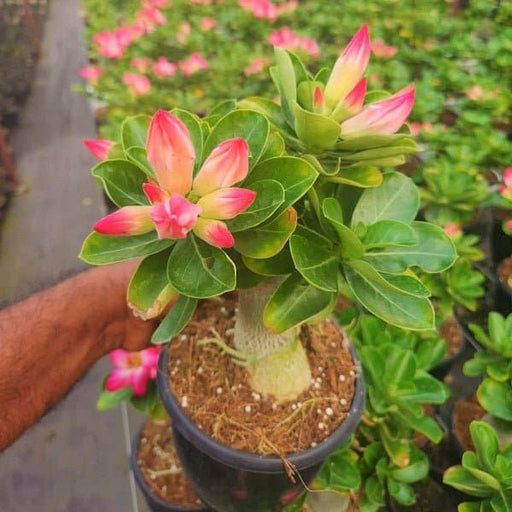
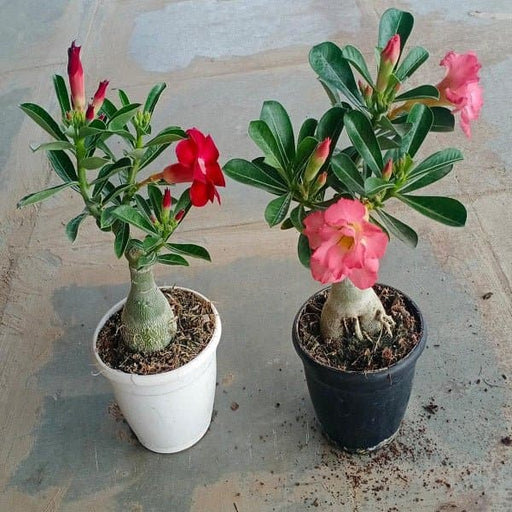 Save 24%
Save 24%
Set of 2 Bonsai Looking Grafted Adeniums Transform your indoor or outdoor space with our exquisite Set of 2 Bonsai Looking Grafted Adenium...
View full details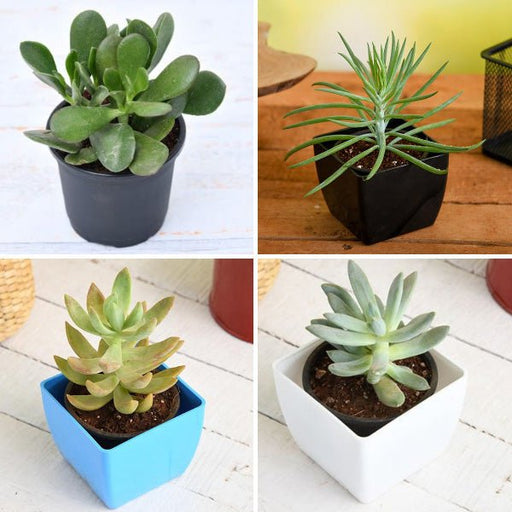 Save 45%
Save 45%
Top 4 Die Hard Succulents Pack Transform your indoor or outdoor space with our Top 4 Die Hard Succulents Pack, featuring a curated selecti...
View full details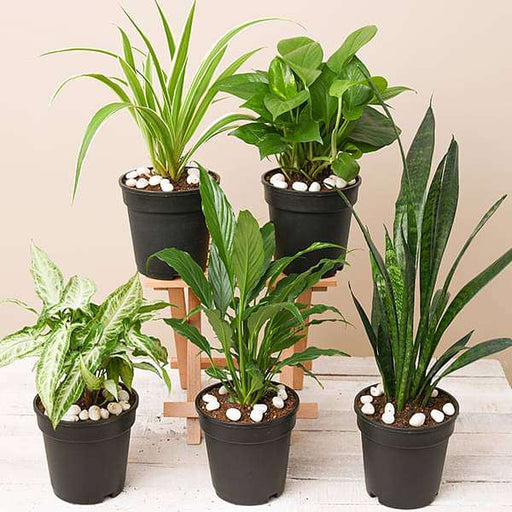
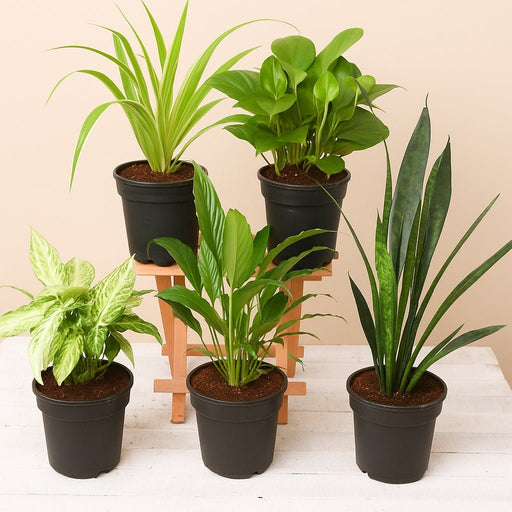 Save 30%
Save 30%
5 Best Indoor Plants Pack Transform your living space into a lush oasis with our '5 Best Indoor Plants Pack.' This carefully curated collection fe...
View full details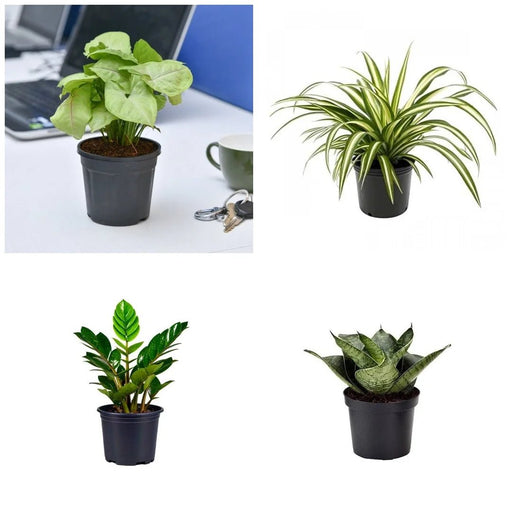
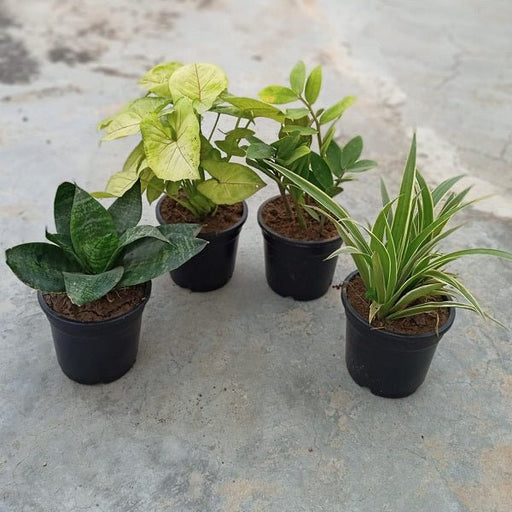 Save 25%
Save 25%
Set of 4 Evergreen Air Purifier Plant Pack Transform your indoor space into a lush, green oasis with our Set of 4 Evergreen Air Purifier Pla...
View full details| SrNo | Item Name |
|---|---|
| 1 | Adenanthera Pavonina, Ratan Gunj - Plant |
Adenanthera Pavonina, commonly known as Ratan Gunj, is a stunning tropical tree native to Southeast Asia and the Indian subcontinent. Renowned for its striking red seeds and beautiful foliage, this plant not only enhances the aesthetic appeal of gardens but also plays a vital role in local ecosystems. The seeds are often used in traditional jewelry and crafts, making it a culturally significant plant.
What makes Ratan Gunj special is its ability to thrive in various soil types and its resilience to drought conditions. This hardy tree can grow up to 30 meters tall, providing shade and habitat for numerous species. Its seeds are not only visually appealing but also have medicinal properties, making it a valuable addition to any garden.
The special feature of Adenanthera Pavonina is its unique seed pods, which contain bright red seeds that are often used in traditional games and crafts. Additionally, the tree is known for its nitrogen-fixing abilities, improving soil fertility and promoting biodiversity in its surroundings.
Also known as the Ratan Gunj, this tropical beauty is not just a pretty face. With its vibrant red seeds and feathery leaves, it’s like the diva of the plant world, demanding attention wherever it grows. Native to the Indian subcontinent, it’s a tree that knows how to flaunt its stuff, making it a favorite for gardens and parks alike.
These little red gems are not just eye candy; they have a history of being used in traditional games and jewelry. Who knew that nature could be so fashionable? With their striking appearance, Ratan Gunj seeds are often used in crafts, making them the go-to accessory for eco-conscious trendsetters.
This tree isn’t just a pretty face; it’s also a powerhouse of benefits. From improving soil quality to providing shade, it’s like the Swiss Army knife of the plant kingdom. Plus, its seeds are known for their medicinal properties, making it a multitasker that even your overachieving friend would envy.
If you’re looking to add a touch of tropical flair to your garden, growing Ratan Gunj is a no-brainer. This tree thrives in warm climates and is relatively low-maintenance, making it the perfect plant for those who want to impress without breaking a sweat. Just plant it, water it, and watch it strut its stuff!
Caring for your Ratan Gunj is easier than keeping a houseplant alive. It loves sunlight and well-drained soil, so just give it a sunny spot and a little TLC. With minimal fuss, you’ll have a stunning tree that will have your neighbors green with envy.
This tree is not just a pretty sight; it has a plethora of uses. From timber to traditional medicine, it’s like the jack-of-all-trades in the botanical world. Whether you’re looking to build something sturdy or brew a herbal remedy, the Ratan Gunj has got you covered.
If you want to elevate your landscaping game, the Ratan Gunj is your secret weapon. Its striking appearance and impressive height make it a showstopper in any garden design. Plant it as a focal point, and watch as it transforms your outdoor space into a tropical paradise.
Propagating this tree is as easy as pie. With its seeds being the star of the show, you can simply plant them in well-drained soil and watch the magic happen. It’s like planting a little piece of paradise that will grow into a magnificent tree.
In many cultures, the Ratan Gunj is more than just a tree; it’s a symbol of strength and resilience. Its seeds have been used in traditional games and rituals, making it a beloved part of local heritage. Who knew a tree could have such a rich backstory?
This tree thrives in tropical and subtropical climates, making it the ultimate sun-seeker. Whether it’s in a bustling city park or a serene countryside, the Ratan Gunj adapts like a pro, proving that it can shine anywhere it’s planted.
The Ratan Gunj is not just a pretty face; it plays a vital role in the ecosystem. By improving soil quality and providing habitat for wildlife, it’s like the unsung hero of the plant world. Plant one, and you’ll be doing your part for Mother Earth while enjoying its beauty.
Adenanthera Pavonina, also known as Ratan Gunj, is a tropical tree famous for its striking red seeds and feathery leaves. It’s like nature’s confetti, adding a splash of color to your garden while being a favorite among birds and bees. Who knew a tree could be so popular
Adenanthera Pavonina loves a sunny spot with well-drained soil. Think of it as the sunbather of the plant world, soaking up rays while showing off its vibrant foliage. Just make sure it has enough space to spread its branches and strut its stuff!
This tree is a speedy grower, reaching heights of up to 30 meters in just a few years. It’s like the Usain Bolt of the plant kingdom! Just give it the right conditions, and it’ll be towering over your garden in no time.
While Adenanthera Pavonina is a showstopper, it’s not the best fit for tiny spaces. It’s like inviting a giant to a tea party—awkward! If you have a spacious garden, go for it; otherwise, consider a smaller companion that won’t overshadow your other plants.
Besides its beauty, Adenanthera Pavonina improves soil quality and attracts pollinators. It’s like a gardener’s best friend, helping your garden thrive while looking fabulous. Plus, those seeds can be used in traditional crafts—talk about multifunctional!
Growing Adenanthera Pavonina in a pot is possible, but it’s like putting a lion in a cage. It needs room to grow! If you’re up for the challenge, choose a large pot and be prepared for some serious repotting as it matures.
Watering depends on the climate, but generally, it enjoys a good soak when the topsoil dries out. Think of it as a thirsty friend—give it a drink, but don’t drown it! A little attention goes a long way in keeping this beauty happy.
Adenanthera Pavonina can be a bit of a party crasher in some regions, spreading quickly and outcompeting local flora. It’s like that one friend who overstays their welcome! Always check local guidelines before planting to ensure it won’t disrupt the neighborhood.
While generally resilient, Adenanthera Pavonina can attract pests like aphids and caterpillars. It’s like having uninvited guests at your garden party! Regular checks and natural pest control methods can keep these nuisances at bay, ensuring your tree remains the star of the show.
Absolutely! The seeds of Adenanthera Pavonina are often used in traditional crafts and jewelry. They’re like nature’s little beads, perfect for adding a touch of the wild to your creations. Just remember, they’re not for snacking—leave that to the squirrels!
Adenanthera Pavonina is generally considered non-toxic to pets, but it’s always wise to keep an eye on your furry friends. They might find those shiny seeds intriguing, but let’s not turn your garden into a pet buffet! A little supervision goes a long way.